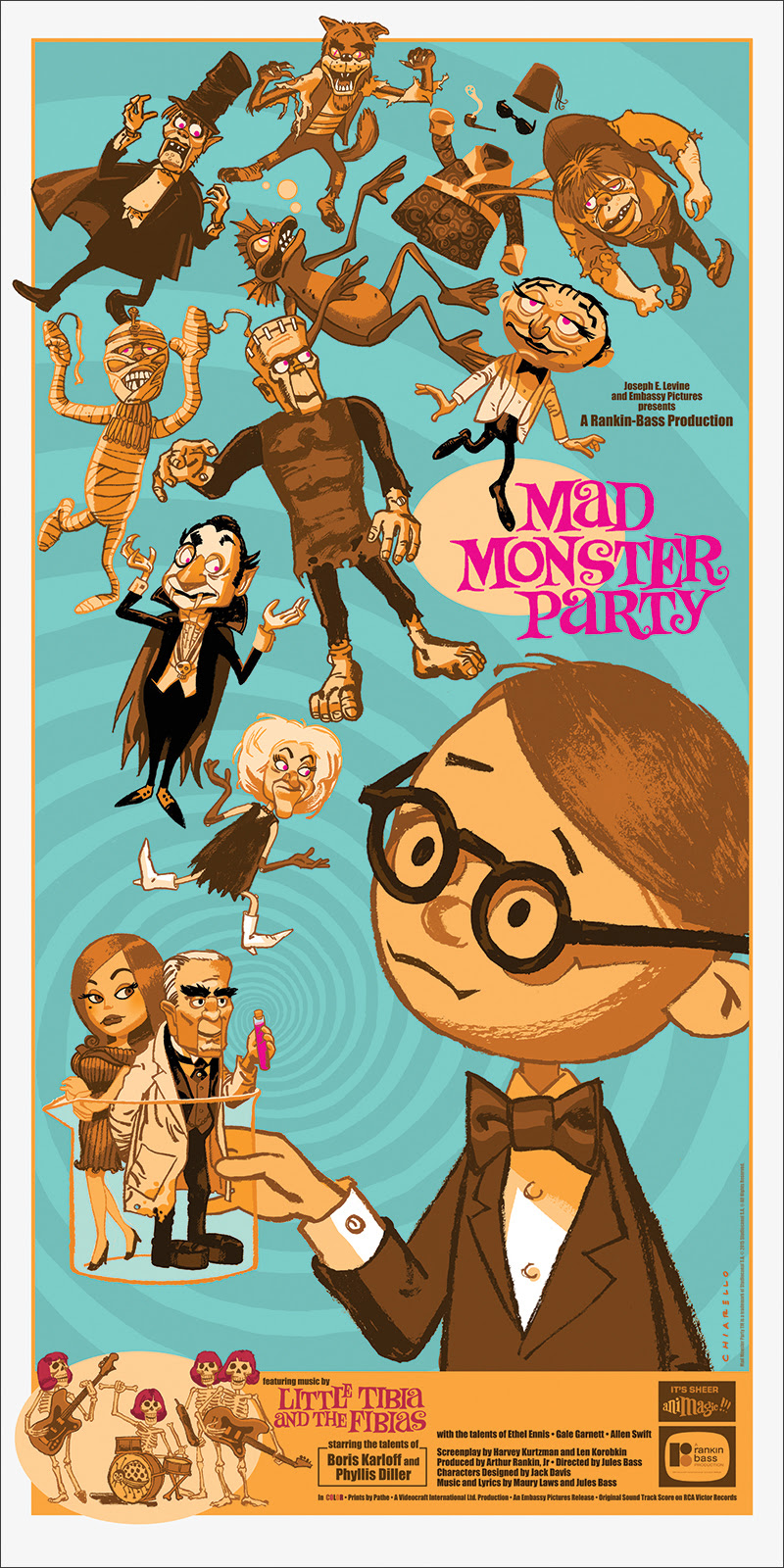Mad Monster, a term that invokes images of terrifying beasts and nightmarish figures, has captured the imagination of people across cultures and generations. From classic horror films to modern literature and video games, the concept of the mad monster has evolved, yet its core allure remains unchanged. This article delves into the intricate world of mad monsters, exploring their origins, representations, and the psychological impact they have on society.
The fascination with mad monsters can be traced back to ancient myths and folklore, where these creatures often embodied humanity's deepest fears and societal taboos. The blend of horror and intrigue that mad monsters represent resonates with audiences, making them a staple in various forms of entertainment. In this comprehensive exploration, we will discuss the significance of mad monsters, their characteristics, and the cultural contexts in which they thrive.
Join us as we unravel the layers of the mad monster phenomenon, examining its impact on popular culture and its enduring relevance in today's world. By the end of this article, you'll have a deeper understanding of why these fearsome entities continue to haunt our dreams and fuel our imaginations.
Table of Contents
- What is a Mad Monster?
- Historical Context of Mad Monsters
- Characteristics of Mad Monsters
- Mad Monsters in Pop Culture
- Psychological Impact of Mad Monsters
- Famous Mad Monsters
- The Legacy of Mad Monsters
- Conclusion
What is a Mad Monster?
The term "mad monster" refers to a fictional creature or character that embodies extreme characteristics often associated with madness, chaos, and fear. These entities are typically depicted as violent, unpredictable, and grotesque, eliciting both terror and fascination from audiences. Mad monsters can range from mythical beings, like werewolves and vampires, to more contemporary representations in horror films and literature.
Historical Context of Mad Monsters
Mad monsters have been a part of human storytelling for centuries. Their roots can be traced back to ancient civilizations, where they served as cautionary tales or explanations for the unknown. Here are some historical contexts in which mad monsters have appeared:
- Ancient Mythology: Creatures like the Minotaur and Cerberus in Greek mythology represented human fears of the unknown and the chaotic forces of nature.
- Folklore: Stories of werewolves and vampires in European folklore often reflected societal anxieties about morality and the primal instincts within humanity.
- Literature: The Gothic novel genre in the 18th and 19th centuries introduced characters like Frankenstein's monster, exploring themes of creation, isolation, and the consequences of unchecked ambition.
Characteristics of Mad Monsters
Mad monsters share several common characteristics that contribute to their terrifying allure. Understanding these traits helps explain their enduring popularity:
- Physical Deformity: Many mad monsters are depicted with grotesque physical features, enhancing their fearsome image.
- Unpredictability: Their behavior is often erratic, making them unpredictable and heightening the sense of danger.
- Symbolism: These creatures often symbolize deeper societal fears, such as the loss of control or the darker aspects of human nature.
Mad Monsters in Pop Culture
In modern times, mad monsters have taken on new forms in various media, solidifying their place in popular culture. Here are some notable examples:
Movies
Films like "The Shining" and "It" showcase the psychological horror associated with mad monsters, blending elements of supernatural terror with real-world fears.
Video Games
In video games, characters like Nemesis from the "Resident Evil" series embody the relentless pursuit of madness and chaos, providing players with an immersive horror experience.
Psychological Impact of Mad Monsters
The representation of mad monsters in media has significant psychological effects on audiences. These can include:
- Fear and Anxiety: Exposure to mad monsters can trigger primal fears and anxieties, causing a heightened sense of alertness.
- Empathy and Reflection: Some portrayals encourage viewers to reflect on their fears and the nature of madness, fostering empathy for those struggling with mental health issues.
Famous Mad Monsters
Many mad monsters have left an indelible mark on popular culture. Here are a few notable examples:
| Name | Origin | Characteristic |
|---|---|---|
| Frankenstein's Monster | Frankenstein by Mary Shelley | Created from body parts, symbolizes the consequences of unchecked ambition. |
| Dracula | Dracula by Bram Stoker | Immortal vampire, represents seduction and fear of the unknown. |
| Godzilla | Japanese Kaiju films | Radiation monster, symbolizes the destructive power of humanity's actions. |
The Legacy of Mad Monsters
The legacy of mad monsters continues to impact storytelling and popular culture. They serve as a reflection of society's fears and anxieties, challenging audiences to confront their own dark sides. As new media emerges, the portrayal of mad monsters will likely evolve, but their core essence will remain a powerful component of human storytelling.
Conclusion
In conclusion, mad monsters are more than just fearsome creatures; they embody the complexities of human emotion and societal fears. From ancient myths to modern films and games, the fascination with these beings persists, inviting us to explore the darker aspects of our psyche. As you reflect on the significance of mad monsters, consider sharing your thoughts or experiences in the comments below and continue to explore the captivating world of horror and fear.
We invite you to explore more articles on our site that delve into the rich tapestry of horror and the psychological impact of fear on our lives. Thank you for joining us on this journey into the world of mad monsters!
Exploring The Life Of Travis Barker's Son: A Deep Dive Into Landon Barker
Swimming World Magazine: Your Ultimate Guide To Aquatic Excellence
Timothy Champagne Bottoms: A Comprehensive Guide To His Life And Career


